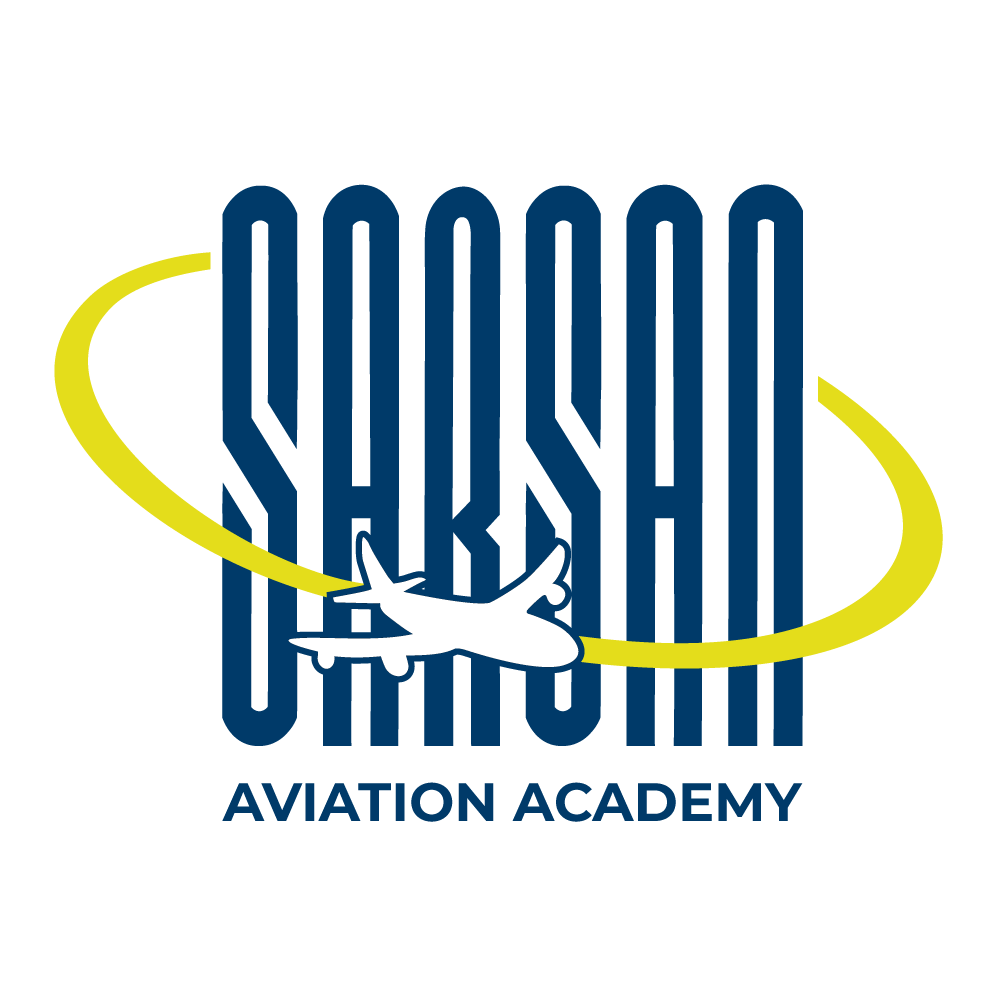Introduction
As the aviation industry continues to expand, concerns about its environmental impact have become increasingly prominent. Sustainable aviation seeks to address these concerns by balancing technological advancements with environmental considerations. In this article, we’ll explore the concept of sustainable aviation and how it aims to achieve a harmonious balance between technology and the environment.
Sustainable Aviation Definition
Sustainable aviation refers to the practice of minimizing the environmental impact of air travel while maintaining or improving its efficiency, safety, and accessibility. It involves adopting technologies, practices, and policies that reduce greenhouse gas emissions, noise pollution, and other environmental burdens associated with aviation operations.
Technological Innovations
Sustainable aviation relies on technological innovations to improve aircraft fuel efficiency, reduce emissions, and minimize environmental footprint. Advancements in aircraft design, propulsion systems, and alternative fuels play a crucial role in enhancing the sustainability of aviation operations.
Alternative Fuels
The use of alternative fuels, such as biofuels, synthetic fuels, and hydrogen, is a key strategy for achieving sustainable aviation. These fuels have the potential to reduce greenhouse gas emissions and dependency on fossil fuels, while also providing opportunities for renewable energy integration in aviation.
Electrification and Hybridization:
Electrification and hybridization technologies are being explored to power aircraft propulsion systems with electricity or a combination of conventional and electric power sources. Electric propulsion systems offer the potential to significantly reduce emissions and noise levels, particularly for short-haul and urban air mobility applications.
Sustainable Operations
Sustainable aviation encompasses not only technological advancements but also operational practices aimed at minimizing environmental impact. This includes optimizing flight routes, reducing aircraft weight, improving air traffic management, and implementing sustainable airport operations.
Collaboration and Regulation
Achieving sustainable aviation requires collaboration among stakeholders, including airlines, aircraft manufacturers, government agencies, and environmental organizations. Regulatory measures, such as emissions standards, carbon pricing mechanisms, and incentives for sustainable aviation practices, are essential for driving industry-wide adoption of sustainable technologies and practices.
Environmental Considerations
Sustainable aviation seeks to mitigate environmental impacts beyond carbon emissions, including noise pollution, air quality, and biodiversity conservation. Strategies such as noise abatement procedures, wildlife management at airports, and sustainable land use planning aim to minimize adverse effects on local ecosystems and communities.
Passenger Awareness and Engagement
Increasing passenger awareness and engagement are critical for promoting sustainable aviation practices. Education campaigns, carbon offset programs, and transparent reporting of environmental performance can empower passengers to make informed choices and support airlines that prioritize sustainability.
Conclusion
In conclusion, sustainable aviation represents a holistic approach to addressing the environmental challenges associated with air travel while ensuring continued technological advancement and operational efficiency. By balancing technology and environmental considerations, the aviation industry can achieve a sustainable future where air travel remains accessible, safe, and environmentally responsible. Continued investment in research, innovation, and collaboration is essential for realizing the vision of sustainable aviation and mitigating the industry’s environmental impact.







